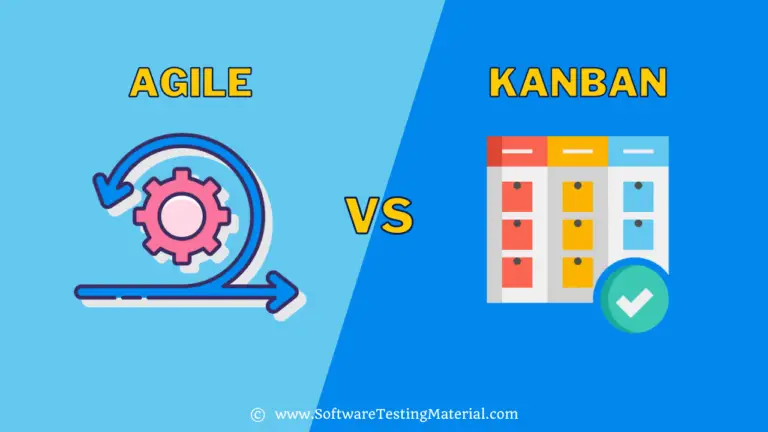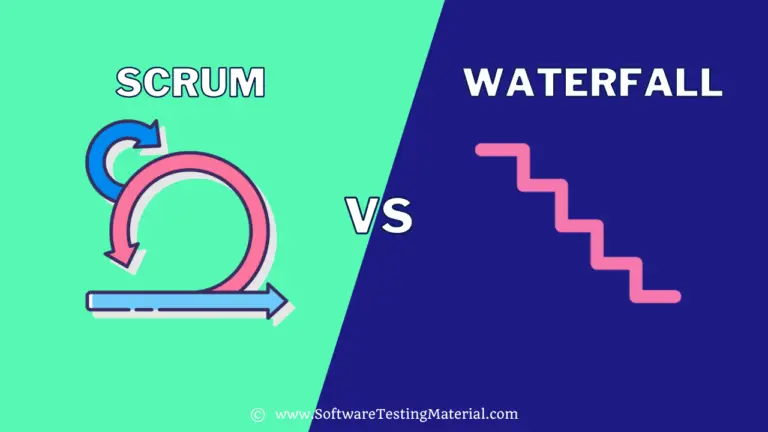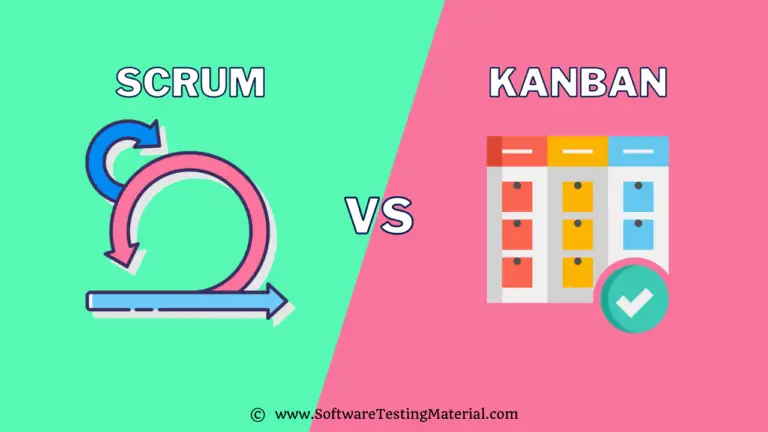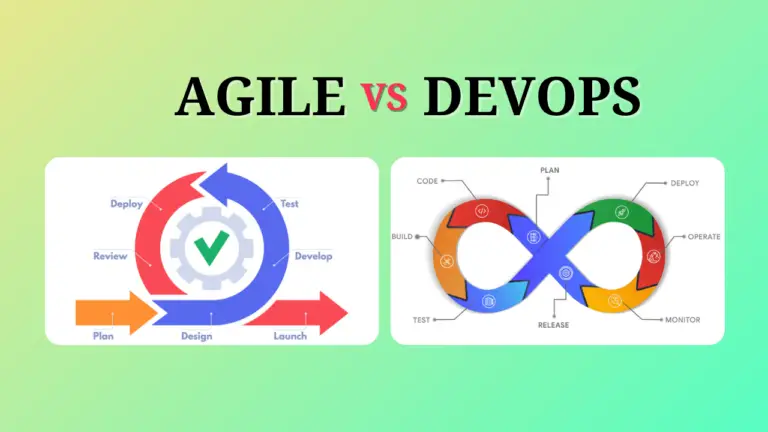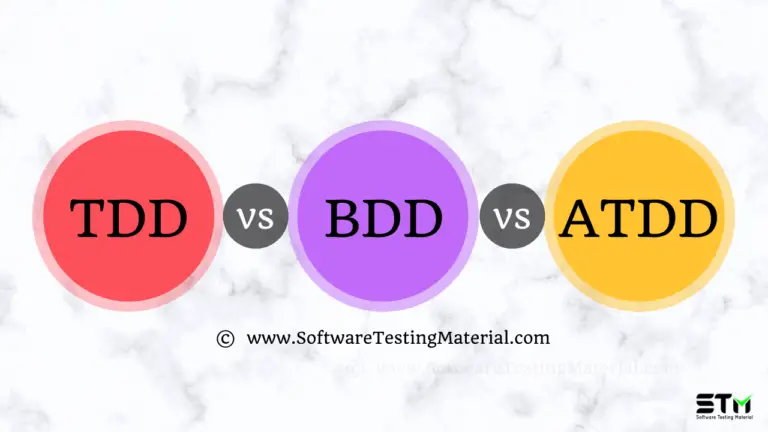Agile Estimation Techniques
Agile estimation is a very interesting technique. All of them seem to be and are cooperative. Here all people who match to demand are involved. Cooperative techniques are also designed, and that is why it is impossible to blame someone for an incorrect estimate: there is no way to trace who estimated what. Agile estimation techniques are made to be agile, fast and to be accurate as far as is possible. Of course, we can’t predict the future or start making a better estimation. Instead of it, we admit that estimation is the process that is not connected to the price or value but is connected to the expert’s opinion.
Most Agile estimation techniques use relative units. What does it mean? We are not trying to estimate dollars or even days. Instead of it, we use “points” and different labels to contrast things. This is a good thing that uses a human potential for comparing things one by one and gives us an opportunity to avoid any difficulties with comparing some abstract things like dollars and days. Agile estimating and planning is the finite, practical guide to estimating and planning agile projects.
Level in agile estimation
The key thing is making people involved with the team to everyone. Each member of the team has his/her own thoughts and ideas that can be different from the main one. And it is awesome! The more ideas, the better the results! Also, if we are talking directly about, for example, design then changes require not only the design team’s input but that of development and QA as well. Leaving a part of wider product out of the estimation process can make things worse. It creates a very low quality of an estimate, it decreases morale – and it is bad because the main members of the team can feel not included and even ignored. The point is – involve everyone on the team and process of thinking.
Now, pay your attention to 3 main levels of estimation:
1. Sprint level is the one for users where people’s stories are divided into the tasks and estimated hours are assigned to the tasks according to their diversity and difficulty. On this level we find a person who will be the main in this task, and also we define the status of the task.
2. Project management estimation techniques or proposal ones are used as Quick Function Point Analysis during the initial phases of the Project development.
3. Release Level is the place where people, according to the rate of stories and its estimates can help with decisions on what place to put the story, what is its current place and what is the future movement.
6 Main Agile Estimations:
One of the key merits of adopting an agile work flow is the opportunity of the people to estimate new job more effectively. Through some time, when you get more and more estimators you need to teach them how to make all the process properly, without additional problems, and, what is the most important faster.
Don’t expect that new person who doesn’t know each other very good will make estimations at a very high level. Premiere thing is to teach them how to work as a team, and then results will be awesome. Also, the bigger experience team gets, the bigger chances that in the future by analyzing the failures and successes they will achieve more goals. Let’s move to the estimation techniques in agile:
1. Affinity mapping:
This estimation technique is called “Divide until Maximum Size or Less.” Obviously, what people do here – they divide things upon their size –, especially about the maximum one. Here all the things are discussed as being appropriate or inappropriate size. If any item is bigger than the maximum size, then people divide them into sub-items and begin discussing again. This can continue for a long time but ends when everything matches to the ideal variant and the size, which is demanded.
- So, the main thing is to put all things in proper places. After talking people put items in relative inappropriate places. Here for sizing, we can use simple T-shirt sizing of the items.
- Checking the wall. Each member of the team can change the placement of the item in the wall. Reasons can be different. They can discuss design or other requirements if it is needed even for dozens of times. All this process can continue up to one hour.
- All members of the group can be asked to take items grouping them by categories and saying their story in one of them. After that, simple stories of people are chosen and send in small categories. But harder ones are taken up.
- It is a very good kind of technique where you can contrast Product Backlog.
- This version is a rough one, and in the simple system, it has only three sizes: Large, Small and Uncertain.
2. T-Shirt Sizes:
All items are categorized by sixes of common T-shirts: XS, S, M, L, XL. After that is the situation needs it, they can estimate it not by t-shirt sizes but by simple numbers. Why is it popular? Because it can be done very quickly without the need to spend much time on it. Also, it gives an opportunity to check the bigger amount of items than it can be done with any other type.
3. Dot Voting:
This method involves the use of special “points” that show the voices of the participants/scores assigned to a particular task. As such “points” can be used: stickers, magnets, dots/strokes affixed by markers. All evaluated User Stories are issued on separate cards and placed on a table/board. To perform the assessment, each participant receives the same number of “points.” Each member of the team distributes his “points” between tasks as he sees fit, taking into account that the more “points,” the more complex the task and the more time it takes. After each participant has made his assessment and distributed all his “points,” the total number of points set for each user history is counted. As a result, all tasks are ranked between themselves by the number of “points.” This method is very simple and fast; it will work effectively to assess a small number of stories (up to 8-10).
- In the beginning, you organize all the stories of the people with descriptions on the board, or any other place and mark them with yellow stickies.
- All power brokers are given 3 to 6 dots.
- All the power brokers are kindly asked to estimate the story the liked most of all.
- This is basically a ranking method to decide the order of the Product Backlog from the biggest to the smallest stories by their priority. And this is a very good technique to distinguish stories which have future and can have any movement.
4. Planning Poker:
According to a survey that is one of the most popular technique. All that you need is a well-developed imagination. We want to say that the founder of that method is Mike Cohn.
Every developer will get a desk and the set of cards. Using a special type of numbers, they will estimate. On some cards, they will have the “?” sign.
Participants choose a card and place it in the face down. After the last member chose the card, they simultaneously turned them over. The members who have the lowest and the highest rate will explain their choice.
Summarizing all this we can say:
- At the very beginning, a person reads his/her story and give proves of why this is real and bang for the buck. Here people describe all requirements and features in their stories about items.
- Sometimes values can be strange, and even the results can differ very much. That is why in this situation it is common to choose this technique. Here. After giving their estimations, people also explain their choices, of why this item deserves the highest and another one the lowest marks. All this is happening until people get one result, a consensus if you wish.
- With this technique people only have few marks which they can give: 0,1,2,3,5,8,13,20,40 and 100. These values represent story points or measure in which the team estimates.
- Also, it is important to sit-ins circle; it makes everything calm and accurate in this Planning Poker technique.
- After everyone delivered a speech each person estimates and if everything is doubtless, then they move to final words and estimate.
5. Ordering rule:
This method is a step-by-step game, the goal of which is to build all tasks relative to each other on a single scale of size. Premiere, all the evaluated stories are written out on the cards. Cards with tasks are randomly placed on a table or a board with a scale on the boundaries of which the “small size” and “large size” are indicated. Each participant, in turn, makes his “move” evaluation. This “move” includes one of the following possible actions: move any story on a scale by one division (i.e., change the rating to a lower or higher one), discuss the story with colleagues, skip your “move.” As a result of “moves” of employees, tasks can move around the board, their assessment relative to each other is specified. When all the participants miss their “move,” the evaluation process is completed. All tasks are distributed on a scale between the values “small size” and “large size.”
This method is quite effective for estimating a small number of tasks (5-15). Participants are involved in a common gaming process and changing the story positions relative to each other achieve a high accuracy of the assessment.
- A scale is prepared ranging from low to high. All the items are placed randomly on it. Each participant is asked to move any one item on the scale, at one time. The movement can be one up, one down or pass the turn to another member.
- This also gives the priority order of the Product Backlog items.
- It gives accurate relative sizes for the product backlog items.
- This continues until all the participants are satisfied and don’t want to move any item on the scale.
6. The Bucket System:
We can compare that method with a game. It is based on the planning poker. People evaluate the tasks and placed int the basket. The main feature that should be mentioned is a size. Another distinct characteristic is that all things are divided into two categories.
In practice it is applied very simply: there are “baskets” on the tale. Those baskets are built according to the size. The team randomly chooses the three cards and explain their meaning.
Summarizing all this we can say:
- It is a good technique when large participants estimate large items. It is faster and more reasonable than even a Planning Poker technique.
- All the stories and items which were discussed the need to be estimated in written form on papers.
- On cards you can vote with the next numbers: 0,1,2,3,4,5,8,13,20,30,50,100, 200. This can be extended if required.
- The facilitator should make a check that nobody moves the items unless sanity check is done.
To sum it up we can say that the process of estimation can only look like it is easy. In real you see how hard it is to make a good mark of the one thing and how many resources are included in this process. Believe we helped you to figure out the main techniques and purposes of agile estimation.
About the Author:
Carol James is a writer and senior editor at writing service. She has MA degree in social sciences and writes articles, reviews on the different actual subjects. So, if you have any questions regarding the writing, feel free to ask her. Follow here on twitter.



